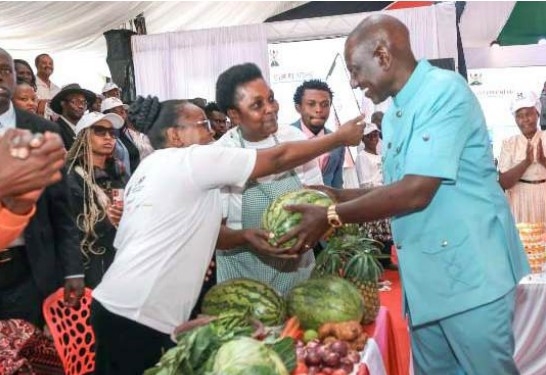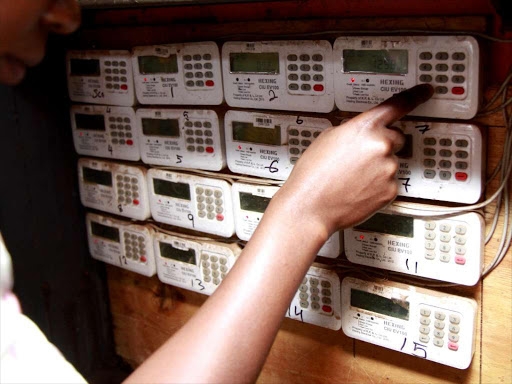The price of beans remains high despite a decline in the cost of cereals and other staple foods.
According to the latest National Food and Nutrition Security report, beans, which is the most consumed pulse crop, has continued to experience higher prices compared to long term average.
A 90kg bag of beans is retailing at between Sh10,000 and a high of Sh19,000.
The May, Food and Nutrition Security report was released by the Ministry of Agriculture.
The report attributed the high price to low local supplies following the below average 2023 short rains production that was caused by excessive rainfall in most counties.
“Apart from beans, the prices of other cereals and pulses have generally been declining since January 2024. The overall gradual decline in staple food prices continues to improve household food access and availability, with cross-border imports and prospects of harvests from the current season likely to maintain price declines in the coming months,” the food and nutrition security report said.
It revealed that the improved crop production last year and improved local supplies of most food staples continue to impact on the importation of most basic staples.
There has been a general declining trend since January.
The food security report showed a decrease in the prices of basic food commodities, particularly cereals and pulses.
This trend is attributed to the decision of several farmers, who had been holding onto their stocks in anticipation of higher prices, to release their supplies into the market.
The report indicated that the national food security has improved since May as most of the staple foods were available both at household and markets.
However, according to the Kenya National Bureau of Statistics, the May 2024 Consumer Price Index, which tracks the changes in prices of key food staples, increased slightly by one per cent to 5.1 percent compared to April index of five per cent.
The slight increase was mainly driven by rise in prices of fresh vegetables such as spinach, kale/sukuma-wiki, tomatoes and Irish potatoes.
The State Department of Agriculture report said that the national average wholesale price of a 90kg bag of maize decreased from Sh3,600 to Sh3,450 in May.
“The highest wholesale price was reported in Kisii and Kisumu at Sh4,000 per 90kg bag, while the lowest wholesale price was reported in Trans Nzoia and Uasin Gishu at Sh2,500 for a 90kg bag. The decline in prices is attributed to good maize production in 2023,” the report said.
“In some counties, especially North Rift, many farmers are still hoarding maize stocks, hoping for better prices such as those witnessed in 2022-2023.”
During the reporting period, the report showed that the National Cereals and Produce Board witnessed a huge increase in the number of farmers who took their maize to the depots to be purchased by the government at Sh4,000 per 90kg bag under the National Strategic Reserves programme.
The upsurge led to total NCPB uptake reaching 697,500 bags (50kg) valued at Sh1.54 billion.
“Due to limited funds, NCPB temporarily suspended the maize purchasing programme. By the end of the month of May, the average retail price of a two-kg packet of unga was Sh125 compared to Sh132 in April in supermarkets in Nairobi.”














